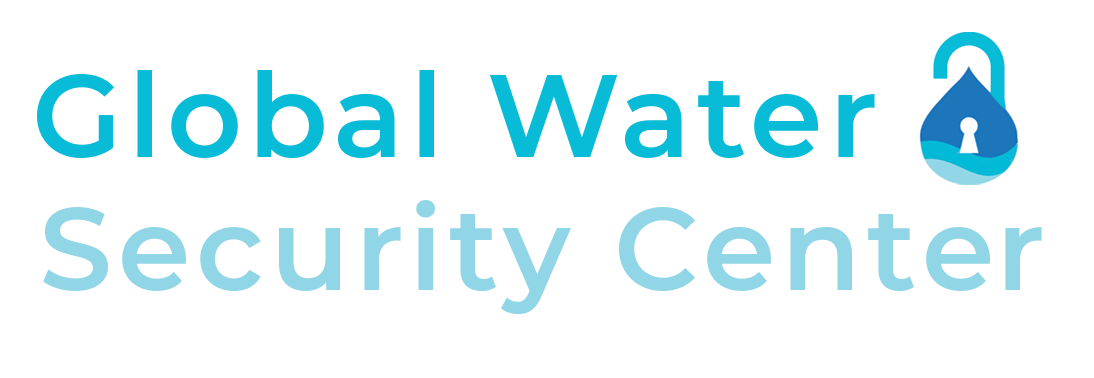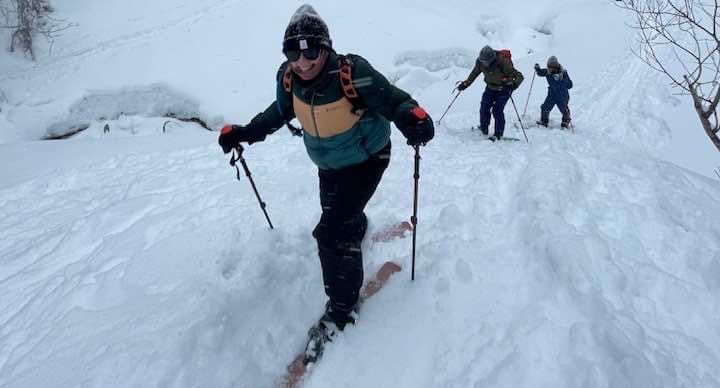This opinion article was written by GWSC Scientific Analysis Manager Lillian Gordon.
As a native Michigander I have been surrounded by water my whole life. I received my B.S. in Environmental Science and Geology at Wayne State University in Detroit but decided to leave the mitten state in search of science that didn’t revolve around water. Little did I know, my ties to water would only be cinched tighter.
In May 2022 I had the privilege of working with the USDA-ARS division in Fort Collins, Colorado, looking at the effects of droughts and deluges (a short term-high intensity rain event) on vegetation in the Pawnee National Grasslands. Precipitation for that summer fell well below the historical average yielding a short, brown, and crunchy field site.
The following summer I joined the Smith Lab at Colorado State University to continue studying these hydrologic events at the same site. Completely inverted from the year prior, this field season experienced more than double the historical average for precipitation. The field site became knee high seas of scratchy greens and yellows that proved difficult to wade through. There I was, hundreds of miles away from my water bubble of a state, experiencing complete (ecological) culture shock, realizing for the first time how important water really is.
Earlier this year, I joined the 2024 Winter Ecology Course at the Teshio Experimental Forest in northern Japan. This week-long course hosted by Hokkaido University brought together a small group of international graduate students to explore various types of snow research being done in the boreal forests. Topics ranged from the insulative properties of the snowpack that keep the soil from freezing, allowing for microbial activity all winter, to changes in snowmelt timing that alter fine root production in vegetation, both of these acting as main drivers to determine forest structure for the upcoming growing season.
This course also provided hands-on experience in constructing snow pits to distinguish between precipitation events, identifying past temperatures based on snowflake crystal structure, and calculating basic measurements such as snow depth, density, and temperature. Through these experiences I was able to grasp the value of water in its frozen form, leaving me wanting to know more.
Around the same time as the Hokkaido course, I started my position here at the Global Water Security Center as scientific analysis manager. GWSC’s goal is to translate water and environmental science to help key global decision makers improve security at the intersection of water, energy, food, and health. Here, I study how a changing climate impacts global water systems and the people that rely on them through literature reviews, global climate models, historic data sets, graphic design and storytelling.
The work we do here is important because the data we synthesize can be used to directly inform policy decisions. In a world of constant change, proper management techniques will be a key driver for equitable access to water in particular. I am proud to work with GWSC in providing accessible climate and water science to decision makers.
I am thrilled to be helping GWSC. I couldn’t be more grateful for all the experiences and mentors that I have had in this world of water, and I am looking forward to those to come.

